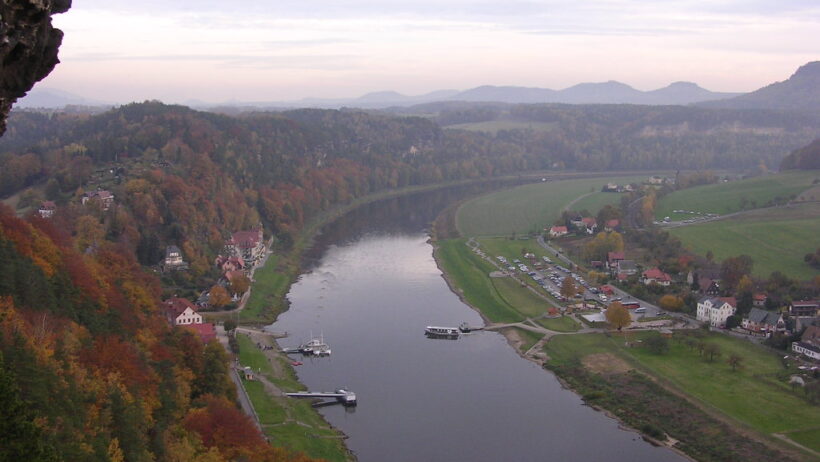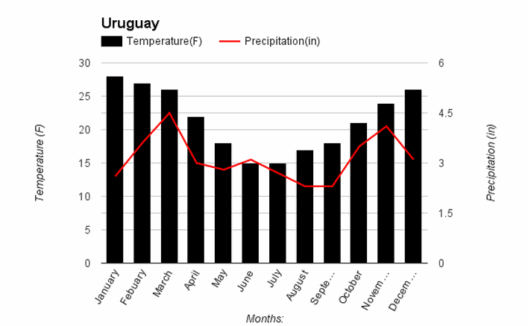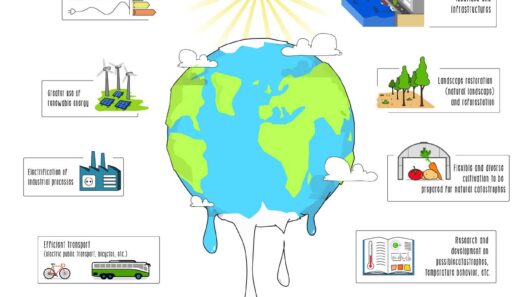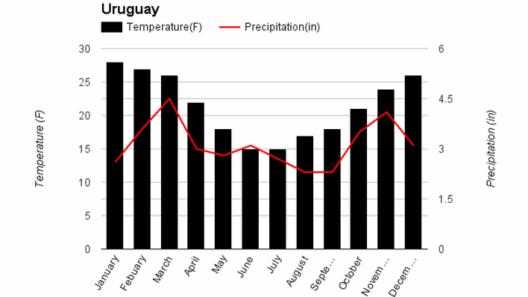Germany, situated in the heart of Europe, boasts a climate characterized by temperate seasonal variations. It is essential to understand the nuances of this climate, as it influences agriculture, industry, and the daily lives of its inhabitants. The climatic classification of Germany is primarily influenced by oceanic and continental air masses, making for a diverse and engaging meteorological landscape. This article delves into the climatic conditions experienced across different seasons, elucidating their impact on both the environment and society.
The climate of Germany can be broadly classified into four distinct seasons: spring, summer, autumn, and winter. Each of these seasons brings its own unique weather patterns, contributing to the country’s rich biodiversity and agricultural productivity.
Spring
Spring in Germany typically spans from March to May. This season is often heralded by a gradual warming trend, with temperatures ranging from 5°C to 15°C (41°F to 59°F) in March and climbing higher as the season progresses. The lengthening days encourage flora to awaken from their winter slumber, resulting in an explosion of color across the country’s parks and gardens.
During this period, precipitation levels tend to rise, often bringing showers that nourish the newly blossoming vegetation. The western regions may experience milder weather due to their proximity to the Atlantic Ocean, while the eastern segments can still experience occasional cold snaps. This variability fosters a rich tapestry of ecosystems, as different plant species thrive in various microclimates. As species begin to pollinate and reproduce, the agricultural sector prepares for the planting of key crops, including barley and wheat.
Summer
Summer, from June to August, brings warmer temperatures, often reaching highs of 25°C to 30°C (77°F to 86°F). During this period, the days are long and sun-kissed, with many outdoor cultural events taking place. The warm weather encourages tourism, with locals and visitors alike flocking to the numerous lakes, rivers, and natural parks that dot the landscape.
However, the summer months can also bring extreme weather phenomena. Heatwaves are not uncommon, with periods of drought affecting agricultural productivity and leading to water scarcity in some regions. Climatic shifts due to global warming have made these heat events more frequent and intense, posing challenges for crop management and sustainability. The agricultural sector must adapt by introducing drought-resistant crop varieties and implementing water conservation techniques to mitigate these consequences.
Additionally, thunderstorms are prevalent during summer, often leading to flash floods, particularly in low-lying areas. These storms result from the warm, moist air colliding with cooler, denser air, creating atmospheric instability. Flooding can have dire effects on both the environment and local economies, requiring ongoing infrastructure improvements to manage water levels effectively.
Autumn
As summer gracefully gives way to autumn from September to November, temperatures begin to dip, ranging from 5°C to 20°C (41°F to 68°F). This season is characterized by a brilliant kaleidoscope of colors as deciduous trees shed their leaves. The brilliant hues of orange, red, and yellow create breathtaking landscapes, attracting visitors to Germany’s renowned forests and national parks.
Rainfall becomes more frequent during autumn, often heralding the arrival of cooler winds from the north. These meteorological changes signal the onset of a more unstable weather pattern, with the potential for early snowfall in late November. The agricultural community shifts focus to the harvest of crops such as apples, grapes, and pumpkins. The German wine regions celebrate grape harvest festivals, showcasing the country’s rich viticultural traditions.
Autumn also marks a critical time for wildlife as many species prepare for winter hibernation, while migratory birds undertake their journeys to warmer climes. This seasonal transition is a vital reminder of the interconnectedness of climate patterns and ecological behaviors.
Winter
Winter in Germany, lasting from December to February, presents a stark contrast to the preceding seasons. Temperatures can plummet to below freezing, especially in northern regions and at higher altitudes. Snowfall transforms the landscape into a serene winter wonderland, attracting winter sports enthusiasts to the Bavarian Alps.
During this cold season, the average temperatures range from -1°C to 5°C (30°F to 41°F), with colder spells being dominated by high-pressure systems. The biting cold air, often accompanied by icy winds, can pose challenges to the infrastructure and daily activities. Heating demands increase, contributing to energy consumption and environmental concerns.
Winter can also bring about severe storms, leading to disruptions in transportation and electricity supply. Conversely, this season has its benefits; it provides an opportunity for recreational activities such as skiing and snowboarding, contributing to the local economy through tourism.
Throughout the year, climate variations in Germany not only shape the landscape but also influence cultural practices, tourism, and agricultural cycles. Understanding these seasonal shifts is crucial as society navigates the challenges posed by climate change. An increasing frequency of extreme weather events highlights the necessity for adaptable strategies to safeguard both the environment and communities.
In conclusion, the climate of Germany is a complex interplay of seasonal changes that represents the broader climatic trends observed across Europe. Each season brings distinctive weather patterns, ecological shifts, and cultural events that reflect the unique identity of this nation. As awareness of climate change and environmental sustainability grows, it becomes imperative to foster a deep understanding of these patterns to promote a more resilient and sustainable future.








